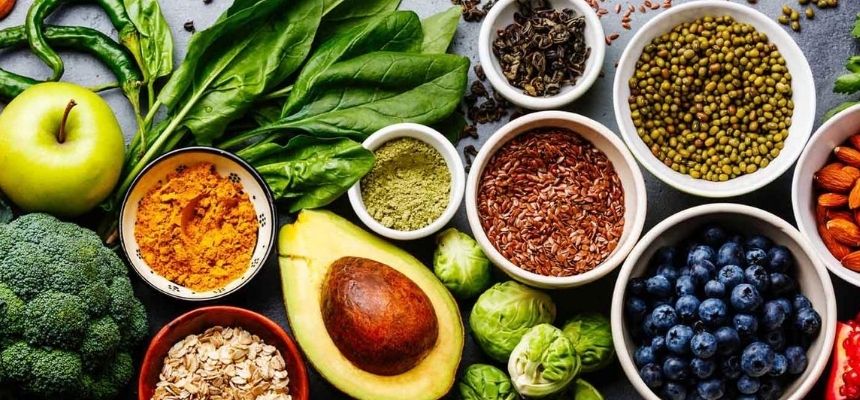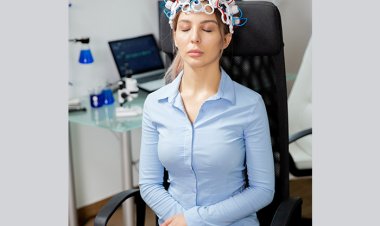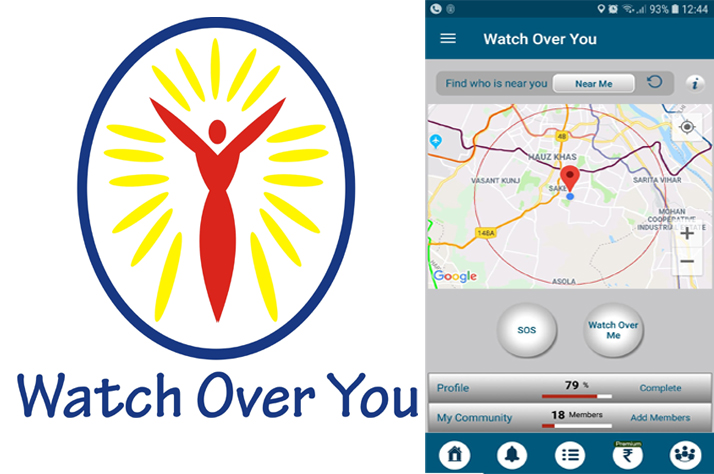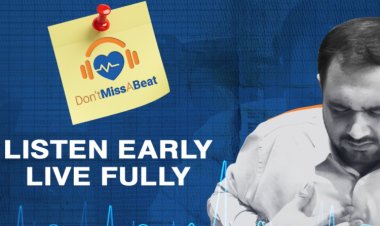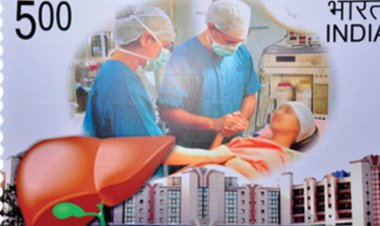Protect yourselves from fake medicines
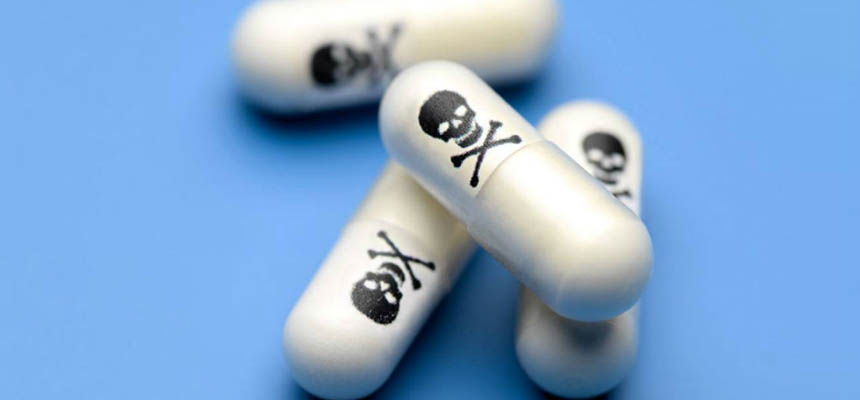
One in every 10 drugs sold around the world is fake, and this can reach 7 out of 10 in some countries. A counterfeit medicine is one which is deliberately and fraudulently mislabeled with respect to identity and/ or source. Generally, counterfeit products may include products with the correct ingredients or with the wrong ingredients, without active ingredients, with in correct quantities of activities ingredients or with fake packaging.
Drug counterfeiting is a significant public health threat and is rapidly increasing with dozens of new cases being reported throughout the world every day. Technology to produce everything from labels to active pharmaceutical ingredients is now widely available. With growing technological sophistication, counterfeiters are often able to make fake medicines look almost identical to authentic ones.
Consumers may not know that the medicines they’ve purchased are counterfeits. Consumers are at loss because they are paying money for an inferior product, which could pose a significant health risk.
Effects of counterfeit drugs:
![]() Toxic effects: Counterfeiters add dangerous substances to their products to achieve the same “effect” as seen with the original medicine. If these counterfeit drugs are ingested or injected they could cause serious health problems.
Toxic effects: Counterfeiters add dangerous substances to their products to achieve the same “effect” as seen with the original medicine. If these counterfeit drugs are ingested or injected they could cause serious health problems.
![]() Unintended effects: Some counterfeits are presented as substitutes for other drugs. For example, counterfeiters recently emptied bottles of the anti-psychotic drug Zyprexa and filled the bottles with aspirin. The drugs had no therapeutic value.
Unintended effects: Some counterfeits are presented as substitutes for other drugs. For example, counterfeiters recently emptied bottles of the anti-psychotic drug Zyprexa and filled the bottles with aspirin. The drugs had no therapeutic value.
![]() Ineffective treatments: Some fake drugs contain some active ingredient, but are sub-potent. Sub-potent drugs are especially dangerous in the treatment of illnesses like HIV and malaria. No active ingredients. Some drugs are just chalk or water. A counterfeit version of Serostim, a growth hormone used to treat AIDS patients, was found to have no active ingredient.
Ineffective treatments: Some fake drugs contain some active ingredient, but are sub-potent. Sub-potent drugs are especially dangerous in the treatment of illnesses like HIV and malaria. No active ingredients. Some drugs are just chalk or water. A counterfeit version of Serostim, a growth hormone used to treat AIDS patients, was found to have no active ingredient.
Here are a few tips how you can protect yourselves from counterfeit medicines:
![]() Never purchase prescription drugs without your doctor’s prescription.
Never purchase prescription drugs without your doctor’s prescription.
![]() Always purchase prescription products from trusted pharmacy stores.
Always purchase prescription products from trusted pharmacy stores.
![]() Do a price check. Does the cost of the drug seem very cheap in comparison with your official provider? If it’s much lower, it could be a scam.
Do a price check. Does the cost of the drug seem very cheap in comparison with your official provider? If it’s much lower, it could be a scam.
![]() Spot the difference. Is the lettering on the packaging hazy and printed flat (rather than raised), or is the expiry date missing?
Spot the difference. Is the lettering on the packaging hazy and printed flat (rather than raised), or is the expiry date missing?
![]() Solid printing and the ink used, sometimes fake printing can cause misalignment or smudging .
Solid printing and the ink used, sometimes fake printing can cause misalignment or smudging .
![]() Thickness of the plastic and the grade quality. Thickness of plastic and other materials used are of very good quality in pharma industry.
Thickness of the plastic and the grade quality. Thickness of plastic and other materials used are of very good quality in pharma industry.
![]() Read carefully. Are the labeling and patient information in a language you understand? If there are misspelled words, contact the manufacturers it can be a telltale sign.
Read carefully. Are the labeling and patient information in a language you understand? If there are misspelled words, contact the manufacturers it can be a telltale sign.
![]() Lack of genuine holograms. Holograms are one of the difficult things to replicate .
Lack of genuine holograms. Holograms are one of the difficult things to replicate .
![]() Labels, Serial Numbers and Bar Codes: Scrutinize labels, packaging and contents. Make sure the package or container the medication comes in has not been altered or the label changed and that the serial numbers and bar codes are on the package.
Labels, Serial Numbers and Bar Codes: Scrutinize labels, packaging and contents. Make sure the package or container the medication comes in has not been altered or the label changed and that the serial numbers and bar codes are on the package.
![]() Go a step further from scrutinizing labels especially because many counterfeit drugs are visually indistinguishable from real drugs and take advantage of technology that allows you to identify counterfeit drugs.
Go a step further from scrutinizing labels especially because many counterfeit drugs are visually indistinguishable from real drugs and take advantage of technology that allows you to identify counterfeit drugs.
![]() If you have noticed a different taste, consistency, or appearance of products that are later identified as being counterfeit, or they may have a different reaction to the counterfeit drug report it to your nearest drug control department office.
If you have noticed a different taste, consistency, or appearance of products that are later identified as being counterfeit, or they may have a different reaction to the counterfeit drug report it to your nearest drug control department office.
![]() Talk to your doctor or pharmacist if you notice anything unusual about the medication you are taking.
Talk to your doctor or pharmacist if you notice anything unusual about the medication you are taking.

 Disclaimer: Welthi.com does not guarantee any specific results as a result of the procedures mentioned here, and the results may vary from person to person.
Disclaimer: Welthi.com does not guarantee any specific results as a result of the procedures mentioned here, and the results may vary from person to person.

